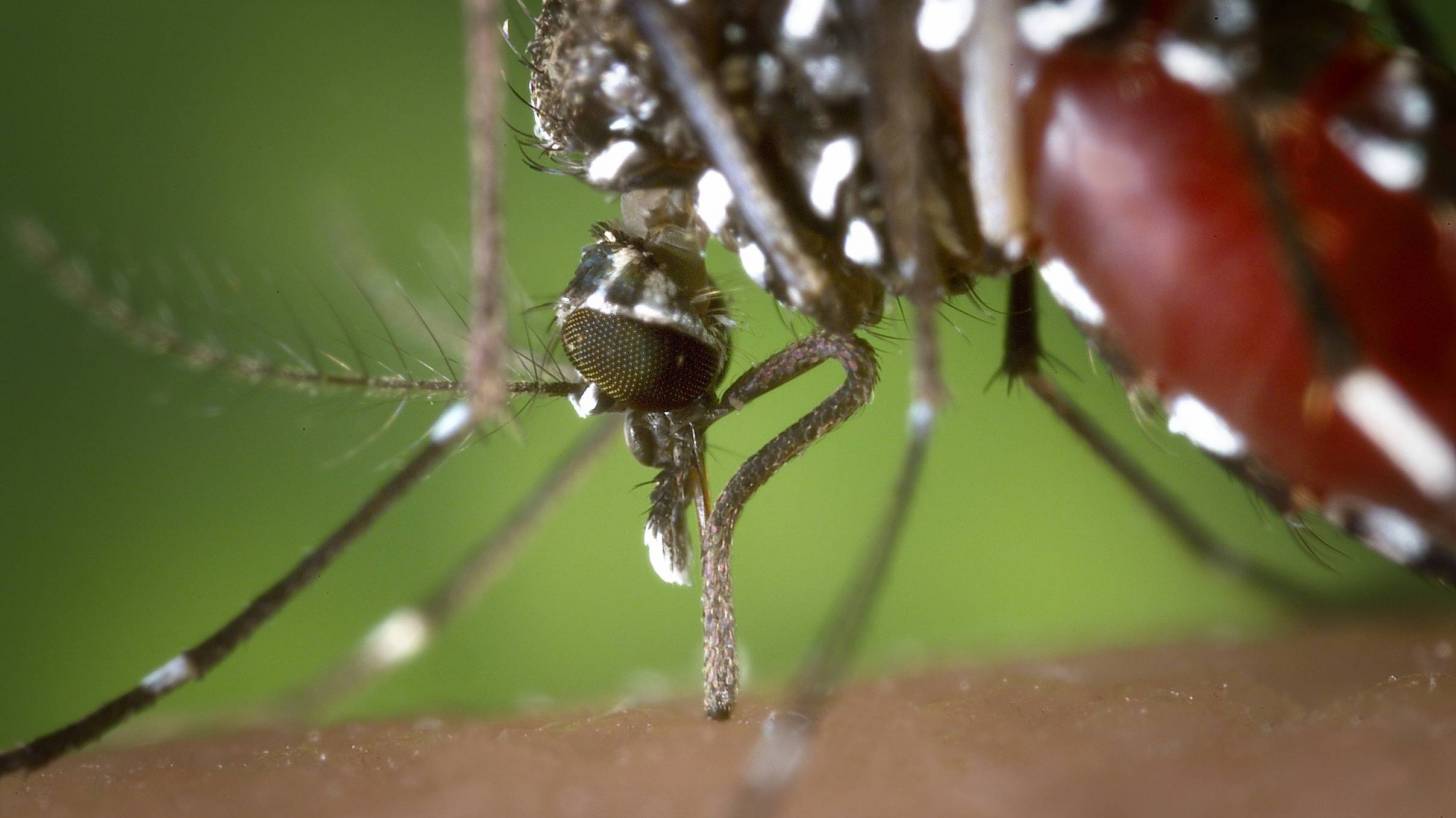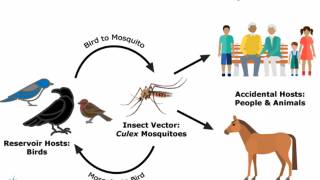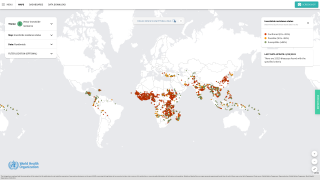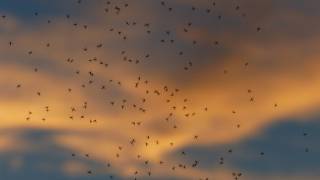West Nile Virus Starts Slowly in 2019

There is some good news regarding the leading disease caused by mosquito bites in the USA.
Just 5 states have reported West Nile virus (WNV) infections in 8 people during 2019.
When compared with 2018, this is very good news.
During 2018, there were 2,544 cases of WNV disease in people and 137 related fatalities reported to the Centers for Disease Control and Prevention (CDC).
Of the WNV cases reported by June 11, 2019, 63 percent were classified as neuroinvasive diseases, such as meningitis or encephalitis. This is the same percent as reported in 2018.
During 2018, the states of Nebraska (245), California (204), and North Dakota (201) reported the most WNV cases in the USA.
WNV is also a global health risk, with countries in southern, eastern and western Europe reporting 2,083 cases in 2018.
Since there is not a preventive vaccine available for humans, the most effective way to prevent infection from WNV is to prevent mosquito bites.
People can control mosquitoes in their home. Furthermore, each community can also take steps to reduce mosquitoes in the neighborhood.
Recent West Nile virus news:
There is one WNV vaccine candidate conducting a small clinical trial.
This vaccine, HydroVax-001, is a hydrogen peroxide inactivated, whole virion vaccine adjuvanted with aluminum hydroxide.
HydroVax-001 experimental vaccine was discovered and developed by scientists at the Oregon National Primate Research Center at Oregon Health & Science University and is in Phase 1 clinical trial at Duke University in Durham, N.C.
WNV is an enveloped positive-stranded ribonucleic acid (RNA) virus belonging to the Japanese encephalitis serocomplex.
Eight phylogenetic lineages have been described, but only lineage 1 and 2 are associated with disease in humans.
These can be categorized clinically as meningitis, encephalitis and acute flaccid paralysis
Most WNV infections in humans are asymptomatic, affecting the central nervous system. These can be categorized clinically as meningitis, encephalitis and acute flaccid paralysis or a combination of the three.
Very rarely, WNV infection leads to Guillain–Barré syndrome and other demyelinating neuropathies.
Symptom severity ranges from a mild self-limiting illness from which patients recover within one week to a protracted debilitating disease that can last for months.
A West Nile virus infection can be confirmed by virus genome detection or virus isolation.
The viral genome is typically detectable in plasma from 2–18 days post-infection and up to 5 days post-onset of symptoms, although prolonged viremia, up to 35 days after symptom onset, has been reported.
Furthermore, reporting WNV cases in a timely manner is important.
According to a study published in the JAMA Network Open in April 2019, it was discovered that reporting human WNV cases were delayed by 2 to 14 weeks.
These reporting delays were due to the length of time it took health departments to confirm a West Nile case or the notification process between healthcare providers and the health department.
These delays prevented health departments from notifying the local community to take preventive actions in a timely manner.
Our Trust Standards: Medical Advisory Committee

























